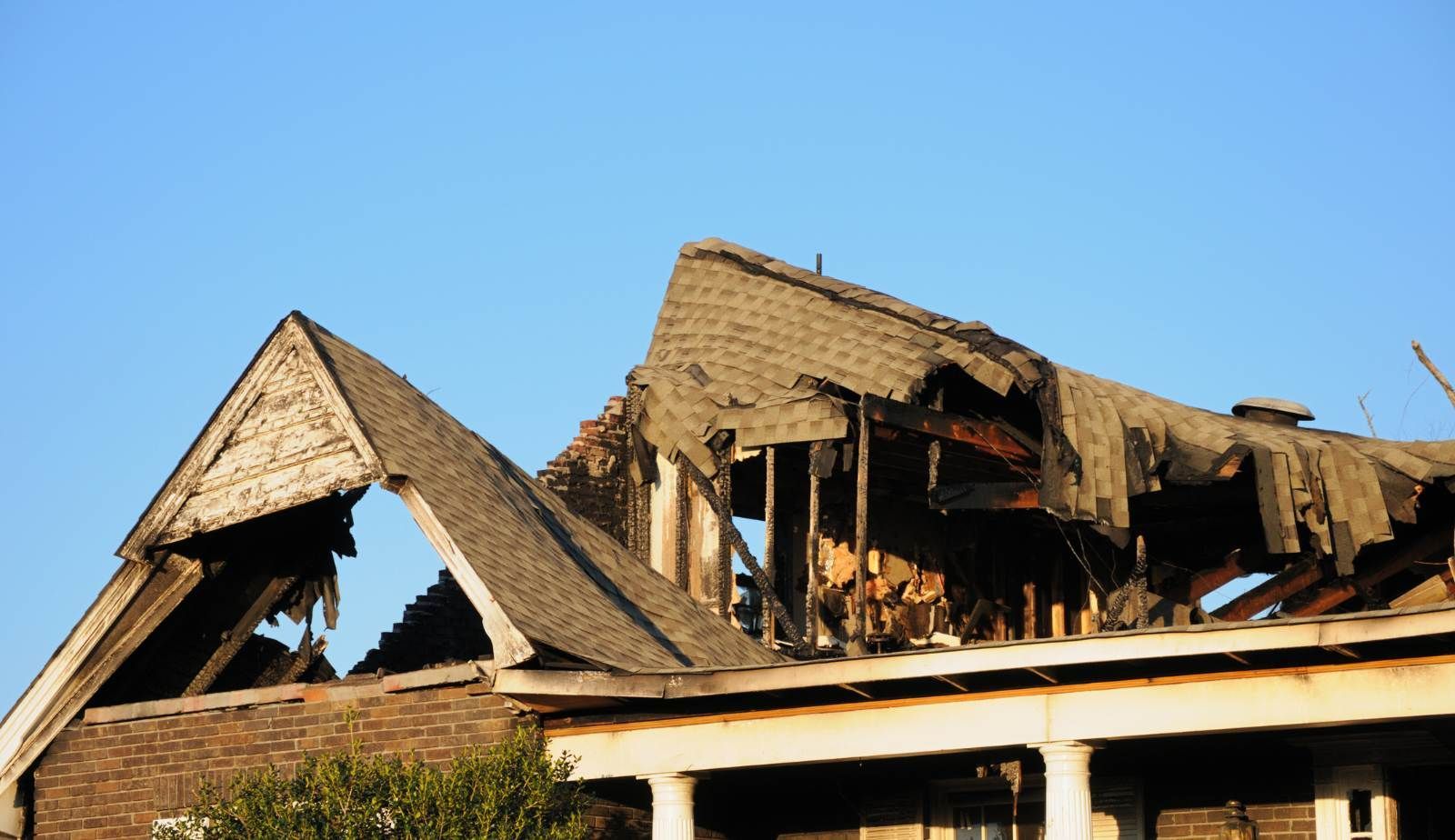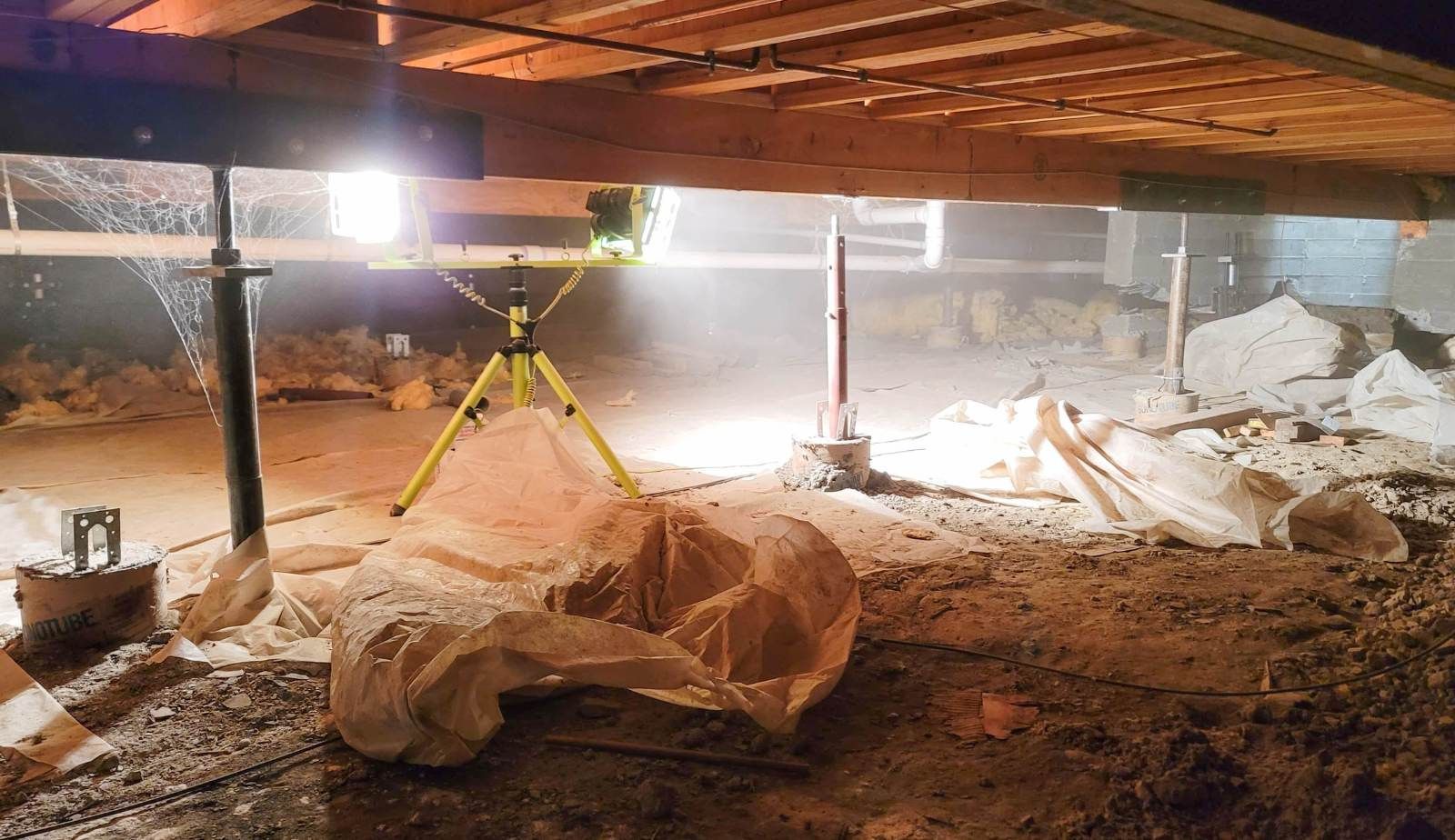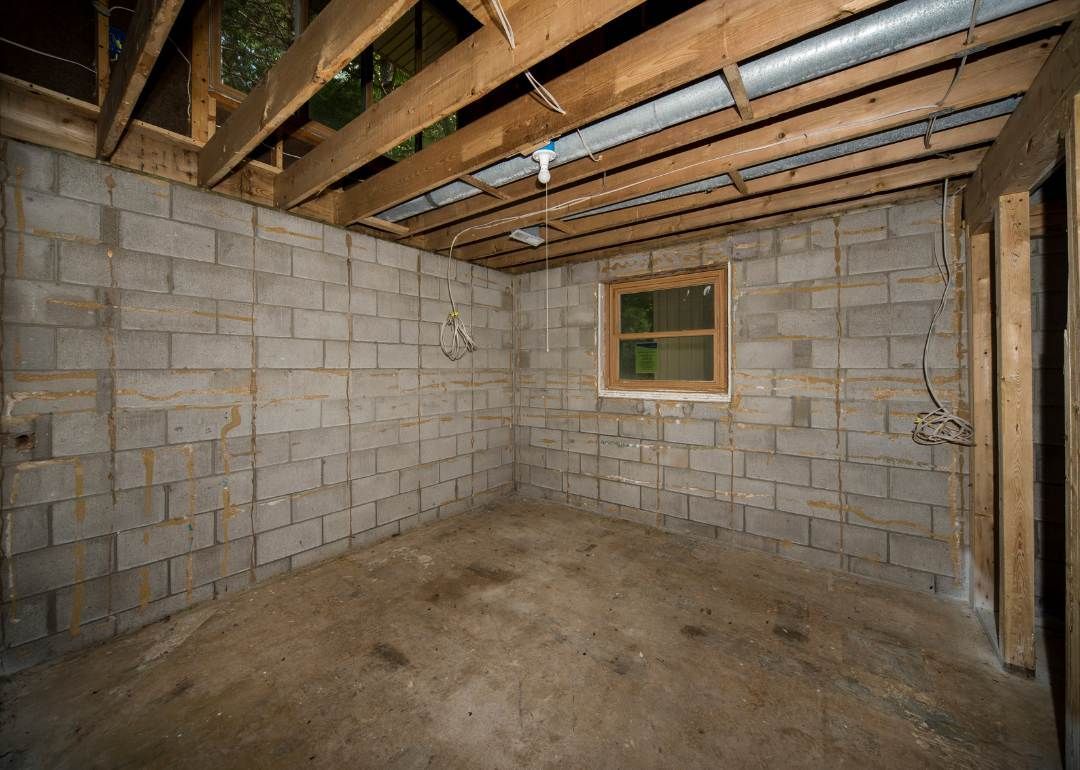By Thomas Duff
•
December 8, 2025
Holiday celebrations bring warmth and joy, but they also increase the risk of home fires, especially in Louisiana’s cold and festive season. Decorations, lights, and heating sources create common hazards that can quickly turn a joyful occasion into a dangerous situation. Understanding these risks and taking simple safety steps can significantly reduce the chance of holiday fires in homes. Drymax emphasizes the importance of keeping Christmas trees well-watered, avoiding placing decorations near heat sources, and inspecting holiday lights for damage before use. These practical measures address the leading causes of holiday fires, which often involve electrical issues and flammable decorations. With increased fire incidents during the winter months, Louisiana homeowners must stay vigilant. By following tested fire safety guidelines, families can enjoy holiday traditions while protecting their homes from preventable fire hazards. Understanding Holiday Fire Hazards in Louisiana Winter holiday celebrations in Louisiana bring increased fire risks due to seasonal decorations, heating methods, and unique local factors. Recognizing why home fires rise during this period and identifying state-specific dangers can help homeowners protect their properties and families. Why Home Fires Increase During Winter Holidays Home fires spike during winter holidays largely because of increased use of heating appliances, decorative lighting, and open flames. The National Fire Protection Association (NFPA) reports nearly one-third of home decoration fires occur in December. Electrical malfunctions and unattended candles are common causes. Heating equipment like fireplaces, radiators, and space heaters add to the risk, especially when placed near flammable holiday decorations. Overloaded outlets from string lights or damaged cords can create sparks. The presence of dry Christmas trees further elevates fire hazards, as they ignite easily without proper watering. Social gatherings involving alcohol and smoking also contribute to accidents. Combined, these factors significantly raise fire incidents in homes during the holidays. Key Louisiana-Specific Fire Risks for Homeowners Louisiana homeowners face distinct challenges during the holidays due to climate and cultural practices. The warmer climate means many still use heating devices indoors, increasing close proximity of decorations to heat sources. Fire departments report decoration fires often result from placing ornaments too near fireplaces and heaters. Additionally, holiday lighting used extensively in homes and outdoor displays sometimes involves older electrical systems common in older Louisiana residences. The risk intensifies when non-UL-listed or damaged lights are used. Cultural festivities often include candles and open flames, which require careful supervision. The combination of these factors makes adherence to fire safety guidelines crucial in Louisiana, including keeping trees watered and maintaining safe distances between heat sources and flammable materials. Holiday Fire Safety Tips Every Homeowner Should Know Holiday fire risks increase due to decorations, cooking, and heating devices. Taking specific precautions can reduce these hazards significantly and protect both people and property through practical measures and the right equipment. Best Practices for Holiday Fire Safety Homeowners should keep all flammable items like curtains, towels, and paper products away from heat sources such as stovetops and fireplaces. Decorations must be flame-resistant or non-combustible, and electrical lights should be checked for damaged wires before use. Candles require extra caution: they should never be left unattended and must be placed on stable, non-flammable surfaces. Assigning a responsible person to ensure candles and smoking materials are fully extinguished before leaving a room or going to bed can prevent fires. Using a fire screen in front of fireplaces reduces the risk of sparks igniting nearby materials. Maintaining clear paths around heaters and avoiding overloading electrical outlets are vital to prevent electrical fires. Protecting Loved Ones and Property Smoke alarms play a critical role in early fire detection. Homeowners should test alarms monthly and replace smoke alarms every ten years. Carbon monoxide detectors are also necessary and should be replaced every five to seven years. During holiday gatherings, it is important to have an escape plan that all family members know. Exits should remain unobstructed, and everyone should understand what to do if a fire occurs. Supervising cooking activities and keeping a fire extinguisher nearby are essential, as unattended cooking is a common cause of holiday fires. Children should be kept away from open flames and hot surfaces. Essential Fire Safety Supplies A well-prepared home includes fire extinguishers placed in the kitchen, near fireplaces, and on every floor. Homeowners should know how to operate them properly. Smoke alarms and carbon monoxide detectors must be installed on every level of the home and inside bedrooms. Keeping batteries fresh or using hardwired models ensures uninterrupted protection. Having fire-safe decorations, a fire screen for fireplaces, and clear access to exits completes the essential safety kit. Regular maintenance of heating equipment and electrical cords reduces the chance of malfunctions causing fires. Preventing Christmas Tree Fires Christmas trees can quickly become fire hazards if not properly selected, maintained, and disposed of. Homeowners should focus on choosing fresh, flame-resistant trees, keeping them well-watered, and ensuring safe removal after the holidays to minimize fire risks. Christmas Tree Selection and Placement Selecting a fresh tree with green, flexible needles is critical for reducing fire danger. A dry tree ignites and burns much faster than a well-hydrated one. Artificial trees should be labeled as flame retardant. Placement is equally important. Trees must stand at least three feet away from heat sources such as fireplaces, radiators, portable heaters, and candles. Keep the tree away from doorways and high-traffic areas to prevent it from being knocked over. Using flame-retardant decorations and lights meeting safety standards further reduces risk. Watering and Maintenance Consistent watering keeps a natural tree moist and less likely to catch fire. A well-watered tree can absorb large amounts of water daily, preventing needles from drying out. Homeowners should check water levels daily and refill the tree stand to keep the base submerged. Removing fallen needles regularly limits flammable debris accumulation. Inspect lights and electrical cords for damage before use. Avoid overloading outlets or using extension cords improperly. Turn off tree lights when unattended or when leaving the home. Disposal of Real Trees Proper disposal after the holidays prevents leftover dry material from becoming a fire hazard. Most communities offer tree recycling or collection programs specifically for this purpose. If no program is available, trees should be cut into smaller pieces and kept away from homes and structures until proper disposal. Never burn Christmas trees indoors or in fire pits, as they can ignite quickly and produce toxic smoke. Homeowners must ensure that disposal methods comply with local regulations to maintain neighborhood safety and reduce potential emergency incidents.





